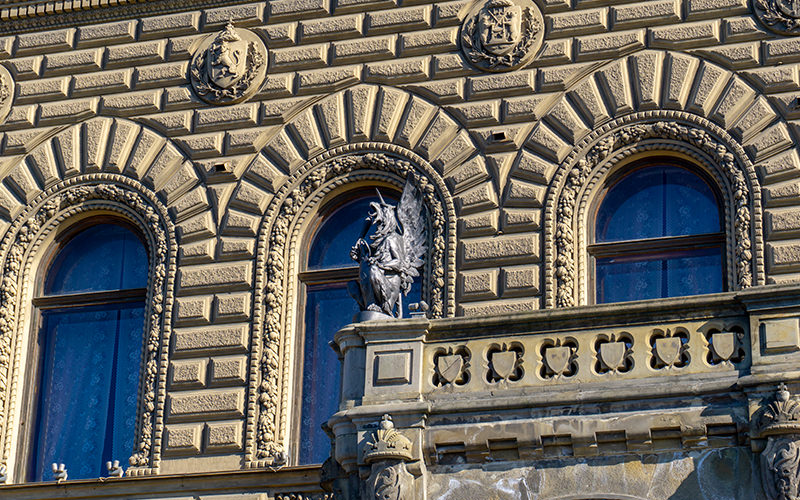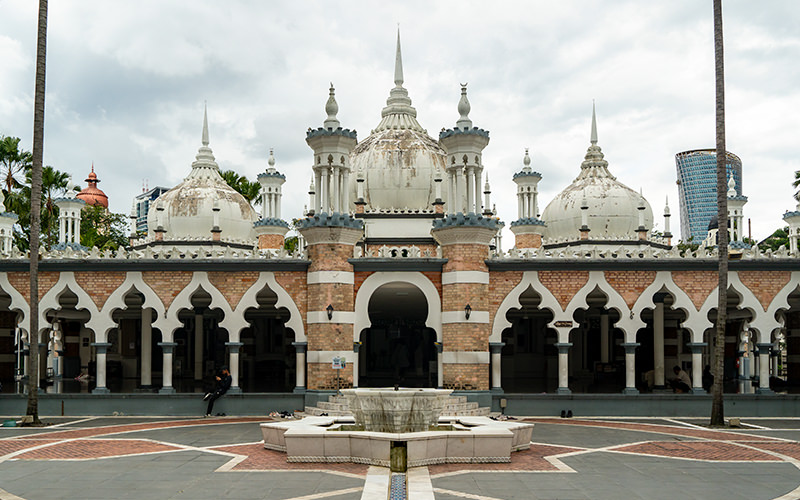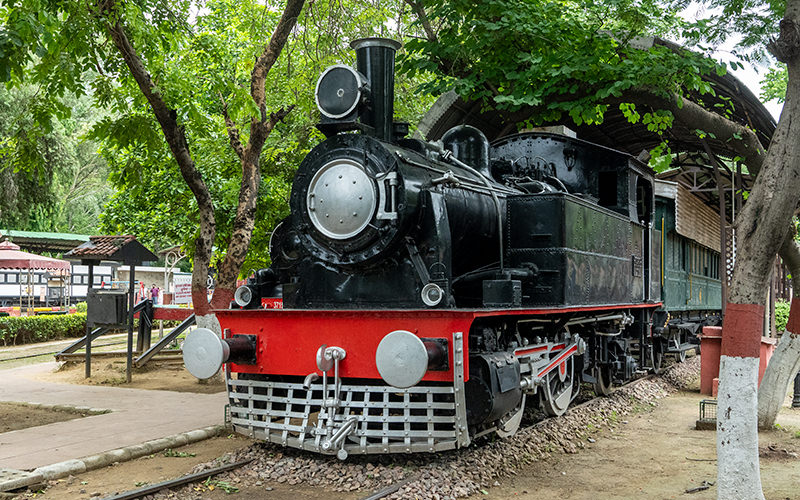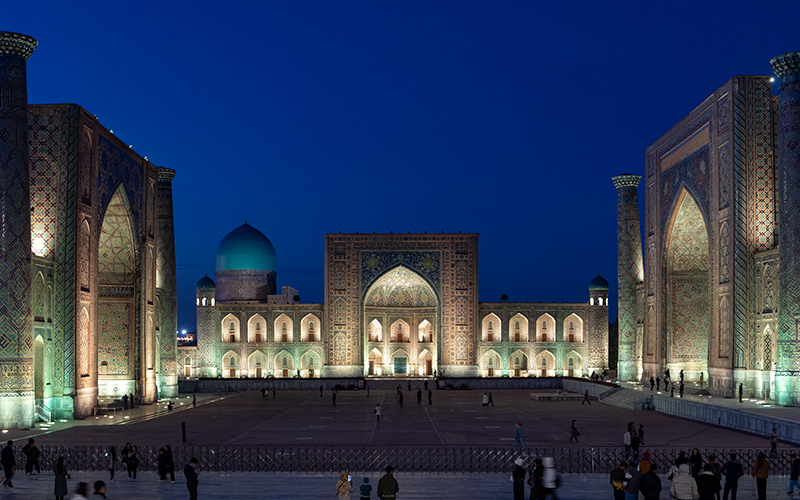My next piece on the sights of ancient Samarkand will be dedicated to the Ishratkhana Mausoleum. This building is not on the list of the city's most popular tourist destinations, but I decided to diversify my stroll through Samarkand by exploring this ancient structure.
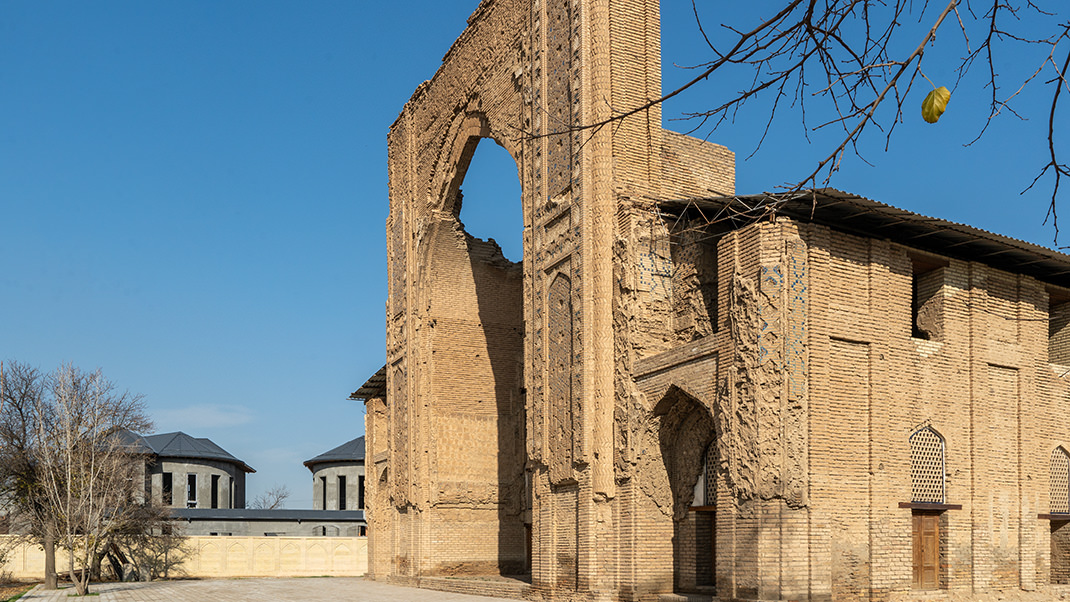
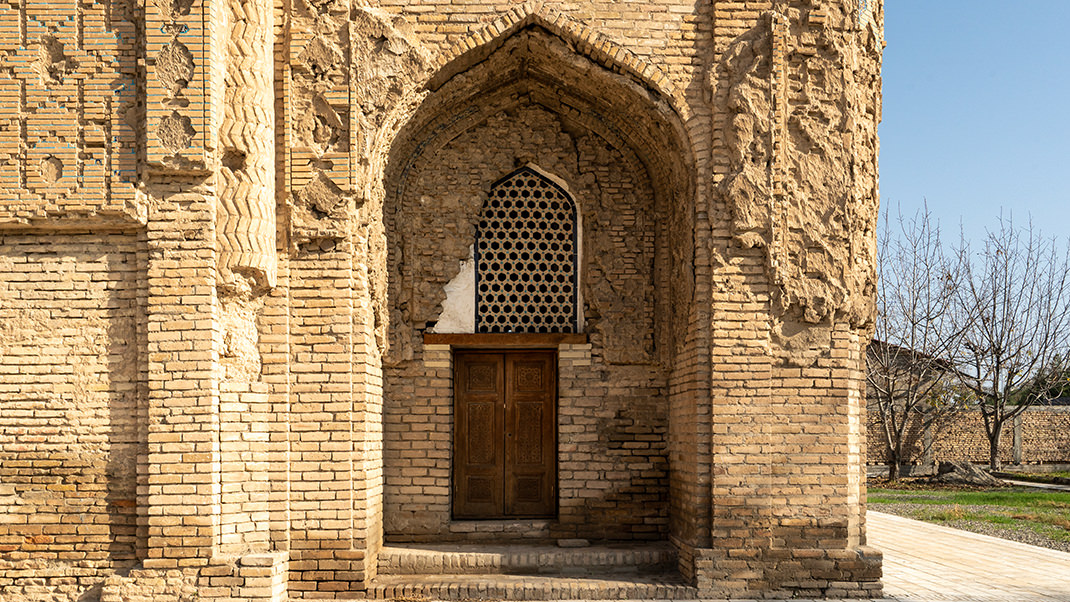

Trip to the Mausoleum
The mausoleum's location can be easily found on online maps using its name. I took a taxi from the Silk Road Samarkand tourist complex, and the fare for the eight and a half kilometers journey was 26,500 Uzbekistani som (November 2023).
If you choose to use public transportation, there is a bus stop right by the building called "School for the Visually Impaired," (Shkola dlia slabovidiashchikh) and bus number 22 stops here.
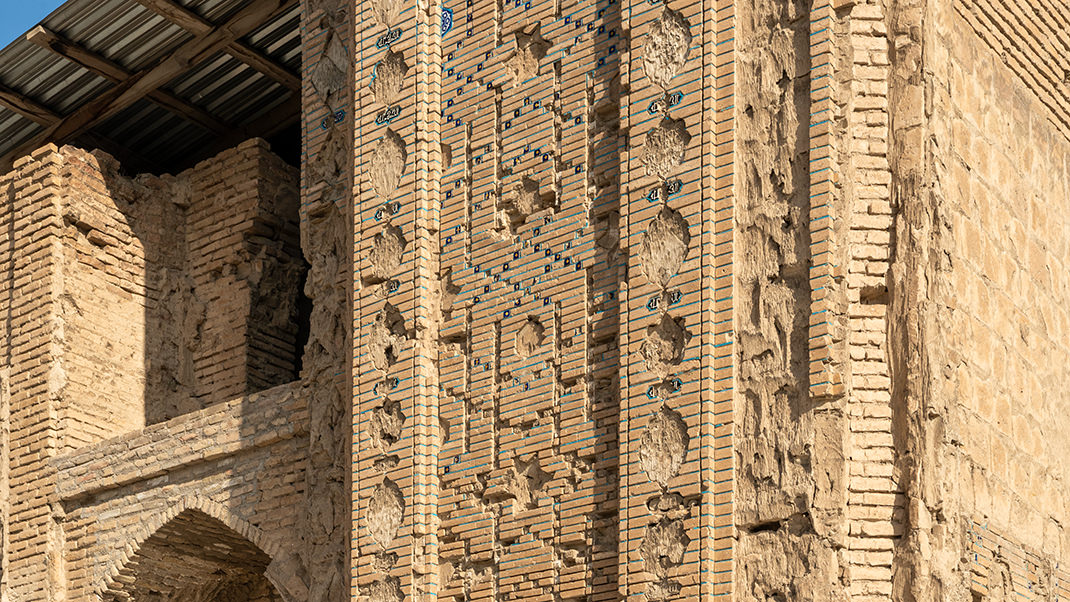

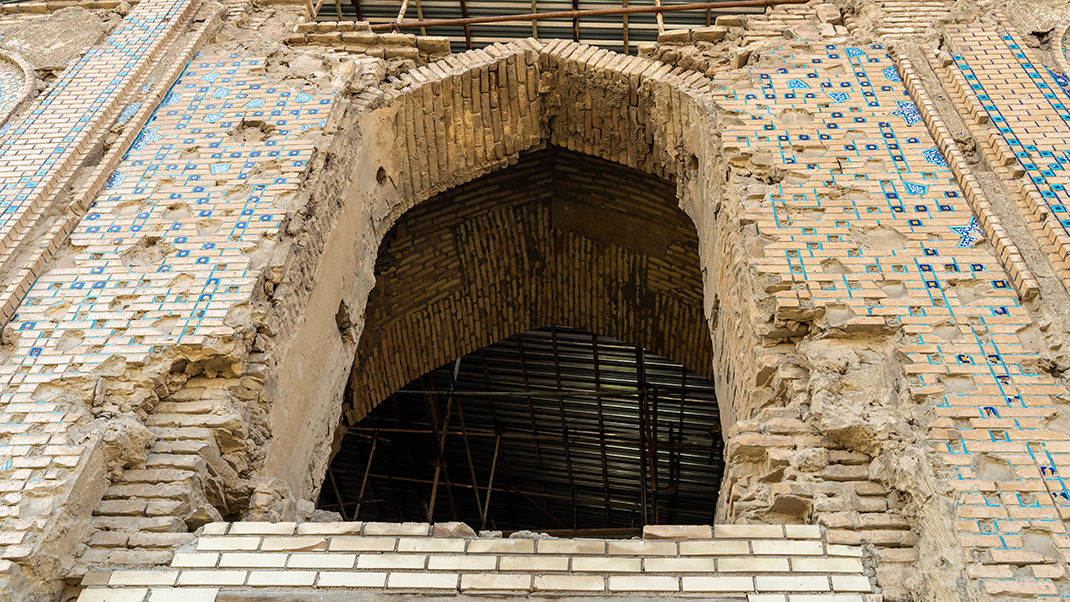
During my visit, the mausoleum was closed. On the premises, I encountered a local resident, likely an employee of an organization involved in the reconstruction of the building. The man offered to show me the interiors of the structure, and I, of course, agreed.
A Bit of History
The Ishratkhana Mausoleum (in some sources, it is called the Ishrat-khan Mausoleum) belongs to the architectural monuments of the 15th century. The construction of the building is attributed to a woman named Habiba Sultan, the wife of the Timurid ruler Abu-Said. The mausoleum was intended for the daughter of this family.

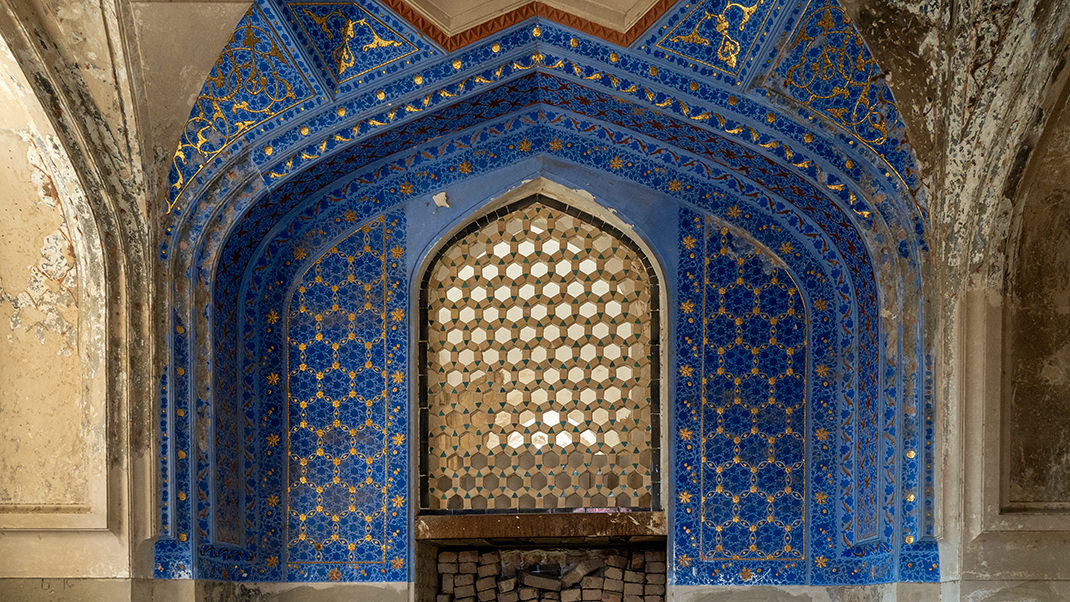

Despite the somber reason for the construction of this structure, its name, Ishratkhona, translates to "house of pleasure." This is associated with the rich decoration of the mausoleum.
Today, we see only one historical building here, but in the past, the mausoleum was part of an architectural ensemble. In addition to the main building, there were a mosque and a gallery with an additional entrance to the burial chamber.
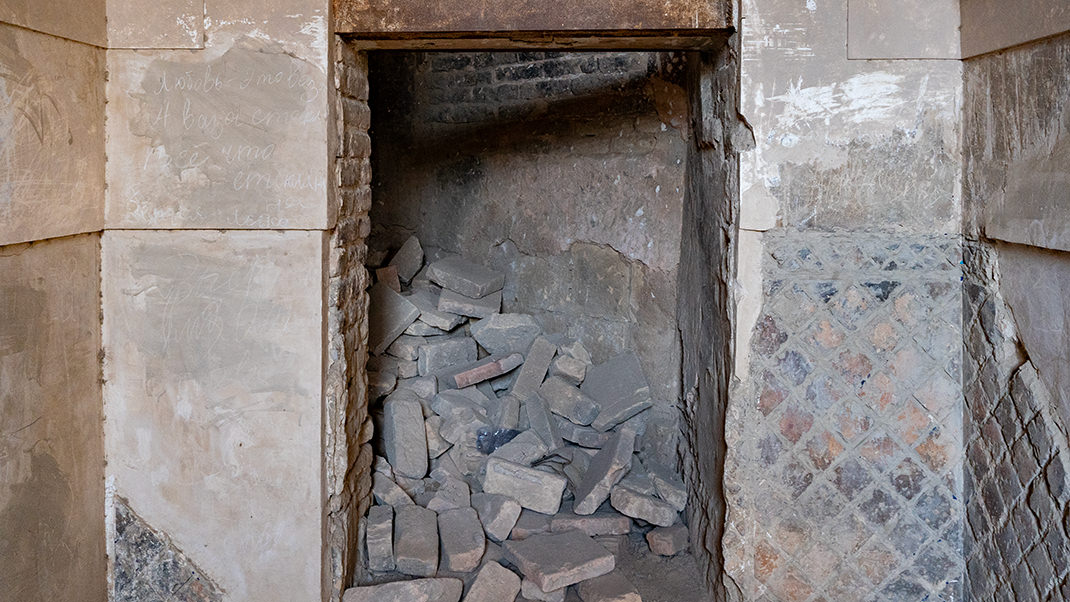
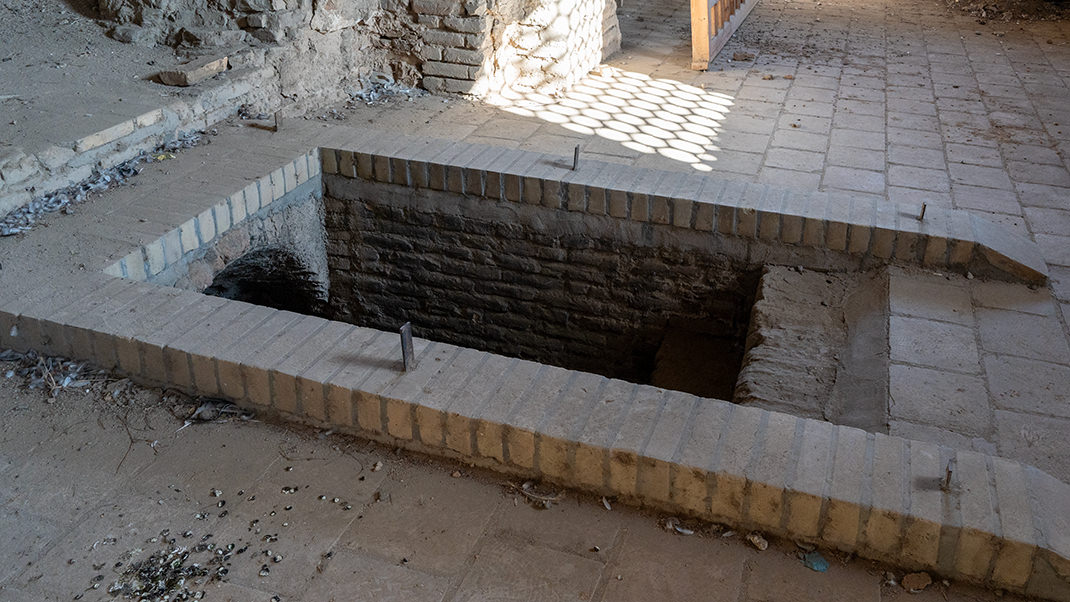
Over time, the building gradually deteriorated. In the early 20th century, its dome was destroyed by an earthquake. In the 1940s, archaeological excavations were carried out on the complex's territory, revealing more than two dozen children's and women's burials.
In our time, the complex is in a semi-ruined state. Inside its central hall, scaffolding is installed, which local pigeons have made their home. In the western part of the building, there is a room with a descent to the crypt. Here, you can also see a bright wall in blue and gold colors. This restored part gives an idea of what the interiors of the building looked like in the past.
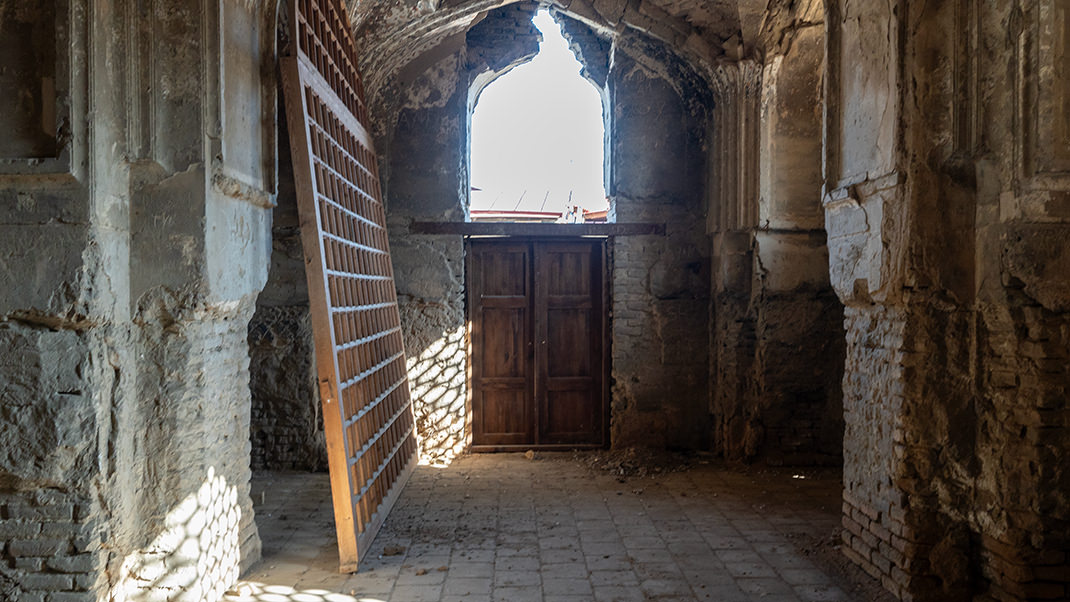
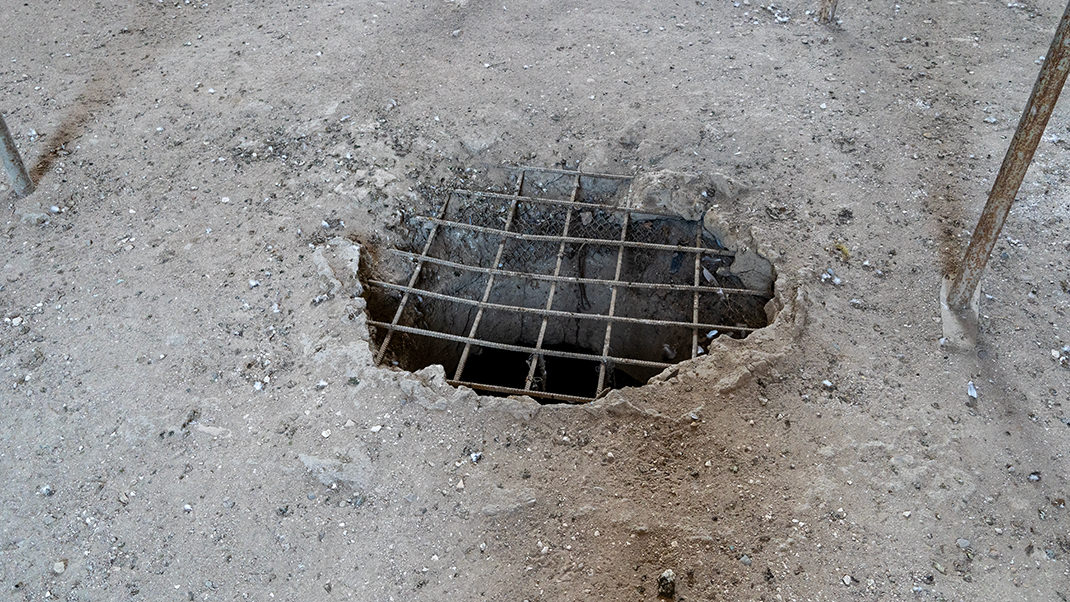
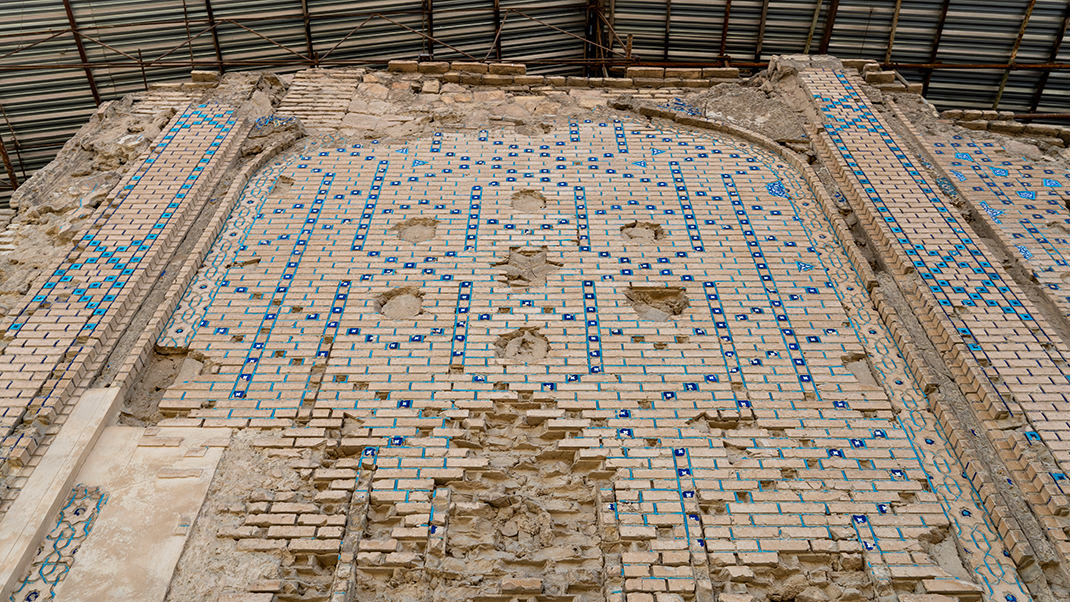
Exploring the mausoleum took me a little time. After getting acquainted with the ancient building, I continued on to see the Hazrat Khizr Mosque and the Shah-i-Zinda Ensemble of Mausoleums. I will tell you about them in the following articles.
Have a nice trip!


